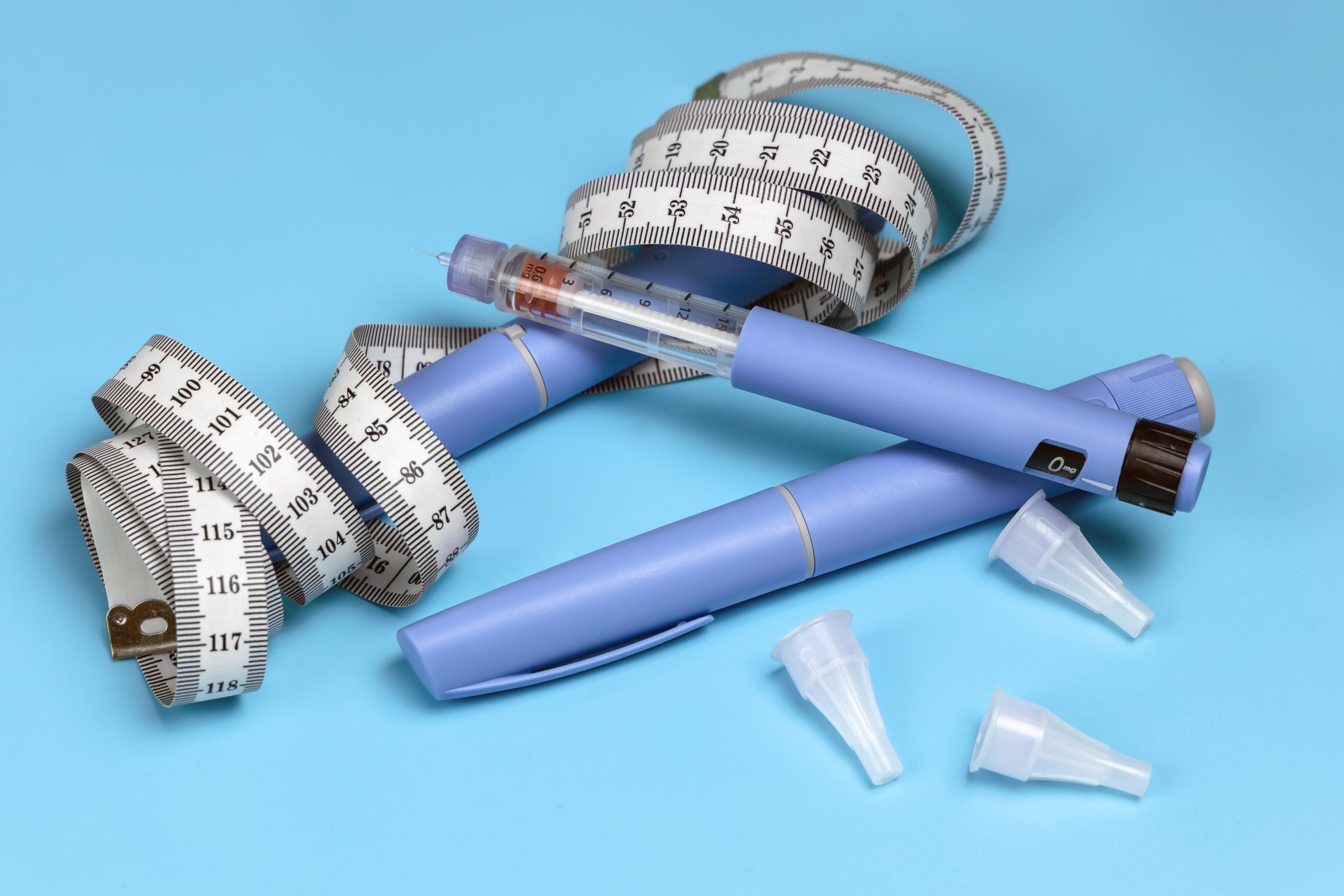What a rollercoaster 2024 has been! The year has been dominated by new and evolving consumer trends, including fortification and GLP-1 weight loss drugs, regulations such as the EUDR, and major shifts taking place in the world of business – particularly for Nestlé and Unilever.
This time last year, industry movers and shakers were gazing into the future and predicting what 2024 would have in store for us. How accurate were these predictions? What did they get right, and where did they miss the mark?
Right: Low and no alcohol continues to grow
Consumers are cutting down on drinking. They were in 2023, and they still are in 2024.
In January, data from analysis firm, IWSR, predicted a slightly slower but still steady growth of the category. It was expected to grow at a CAGR of 6% between 2023 and 2027, with a 7% growth in no alcohol and a 3% growth in low. The data predicted that the non-alcoholic category would continue to take market share from alcohol.
Also read → What are the risks of non-alcoholic beer on tap?
The category has indeed continued to grow. Driven by a range of factors, including increased costs of alcoholic beverages and the dominance of the health and wellness trend, alcohol consumption continued to drop. This has meant the launch of a wide range of no-and-low alcohol products, ranging from alcohol-free spirits to protein shakes.
However, certain types of alcohol remain immune from the decline in consumption, such as premium, hand-crafted alcohols.
Some studies have also suggested that the increasing popularity of GLP-1 weight loss drugs could lead to a decrease in alcohol consumption.

Wrong: Healthy indulgence to become obsolete
At the end of 2023, it was predicted that the healthy indulgence trend would be obsolete in 2024.
At the time, food futurologist Morgaine Gaye suggested that the combination of indulgence and health “seems contradictory,” and that mentions of healthy indulgence “speaks of a time gone by.”
However, as we saw at the recent Food Ingredients Europe event in Frankfurt, healthy indulgence continues to be as prominent as ever.
For example, ingredients company ADM is looking to invest in the healthy indulgence trend for 2025, as consumers are continuing to demand products with a combination of highly palatable taste and high nutritional value.
Right: AI increasingly used in food and beverage
Late last year, Choco’s Alex Kiely predicted that AI would continue to be used in a range of ways, to improve the efficiency of the food and beverage industry.
We have seen this trend play out in a number of ways. For example, Danone partnered with computing giant Microsoft in order to use AI to optimise efficiency at factory level in a range of ways, such as incorporating it into demand forecasting.

Other major food companies are doing similar things. French cheese company Bel Group, for example, is using AI to optimise efficiency throughout its entire supply chain, partnering with software company, Dassault Systémes, to improve the efficiency of manufacturing, decrease product development times, and save operational costs.
However, food and beverage in the UK remained more wary than many other industries when it came to adopting AI, according to the UK Policy Exchange’s Strengthening the UK’s Food Security report. It cited costs and staff shortages as some of the reasons for this.
Wrong: Insect protein becomes more mainstream
Earlier this year, FoodNavigator explored how consumer distrust of insect protein could be combatted. Swiss start-up, Essento, said that consumer reluctance in the sector had decreased, and predicted insects would eventually be seen as a ‘normal’ food.
Elsewhere, the International Platform of Insects for Food and Feed (IPIFF) suggested that insect protein in Europe is at a “turning point of its history,” describing this as “the triumph of science over irrationality.”
Pointing to increasing numbers of regulatory approvals for insects on the European market, the IPIFF suggested that interest in insects as a novel food was growing.
At the time, consumers from a range of markets including France, Belgium, the Netherlands, Sweden and Poland were saying that insect-enriched food was a positive contribution to their diet.
However, this predicted success did not materialise. Patents for insect protein products have since declined year-on-year, decreasing 1.5% worldwide from 255 to 251.
According to IP law firm Appleyard Lees, part of the reason for this was slower than expected adoption into Western diets, along with a reduction in innovation and R&D.
Nevertheless, there are some exceptions, and South Korea, Russia and Indonesia all continue to show increasing interest in the space.
Right: GLP-1 changes everything
GLP-1 drugs have began to have an impact on food trends in 2024, as predicted last year. Nielsen IQ data showed that use of the drugs was increasing, and Sherry Frey, VP of total wellness at the company, predicted that consumers would be keen to add more protein to their diets to make up for nutrients lost because of GLP-1-induced changes to their eating patterns.

A year later, companies are already viewing fortification as something that will likely go hand-in-hand with GLP-1, due to the significant increase in consumers’ need for nutrient-dense foods.
For example, ingredients company Roquette suggested that while it wasn’t the ‘primary driver’ of the fortification market, there is a ‘growing interest’ in specialised fortification aimed at GLP-1 users.
Wrong: EUDR to come into force
Not exactly a prediction but a statement of intent, the initial date at which the European Union Deforestation Regulation (EUDR) came into force was set to be, and for a long time remained, 30 December 2024.
During a panel on the EUDR held at Climate Smart Food 2024, panellists suggested that a delay would be highly unlikely.
However, in October, the European Commission advised a 12-month delay to the legislation, and just over a month later the European Parliament voted to approve the delay.
This delay proved controversial. While welcomed by many of those weighed down by the complexity of compliance, at the same time it provoked anger from a range of quarters, including some environmental organisations, who believed such a delay put the planet in danger. Those companies who were already EUDR compliant were also seen as losing out over the delay.

One of the most controversial aspects of late changes to the EUDR was an amendment which added a ‘no risk’ category. Sourcing from countries with this category was to be considered, effectively, risk-free.
The amendment, which was put forward by the European People’s Party (EPP), the centre-right grouping in the EU, was criticised by both campaign groups and the European Council itself, which called for the EUDR to go ahead as originally planned.
Eventually, the amendment was cancelled, after the EPP withdrew the proposal.
